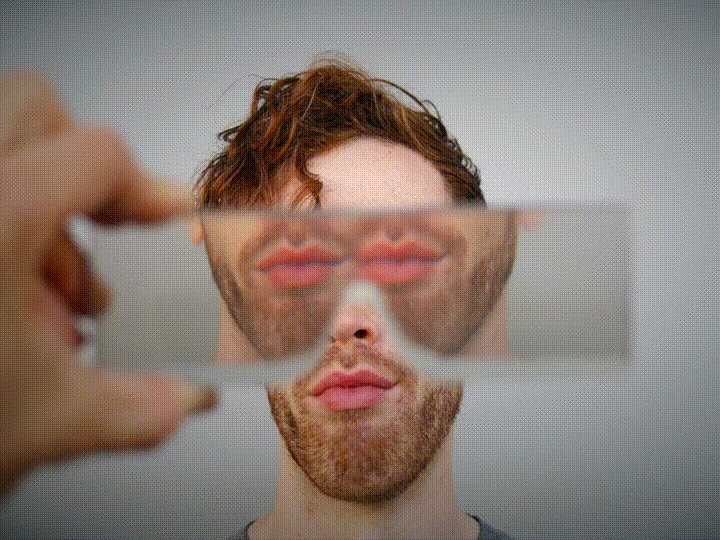* Not an implicit endorsement for LIFX - despite the hardware having lighting capabilities that handily outstrip what the Hue system can do, the product is half-finished and mine are dying a slow heat death already. I’m not the only one, too — I'd say go Hue for now ... I might when these LIFX finally kick the bucket.
BLUE LIGHT WHEN YOU NEED IT
The research mentioned in the Lexar blog refers to blue light exposure in the 470-525nm range, and while those frequencies may be present in broader-spectrum (“full-spectrum”) incandescents, the discrete nature of LED lighting frequency output doesn’t guarantee sufficient intensities at those wavelengths, even when the light is set to a blue that appears to be in the neighborhood. The incandescents, on the other hand, are too broad-spectrum to be useful in this regard, as they’d need something like 10,000 lux output (uncomfortable to be around), indicating something more specialized.
If you really want to use blue light exposure as part of a bio-adaptive lighting plan or to combat seasonal affective disorder (the “winter blues”), I like the Phillips BLU energy lights …. (there are a few but this one is stripped down to just a brick of ~480nm lights, and, for the time being, not controllable outside its single button.)
… I’ve been using one of these seasonally for the last 4 or so years and, anecdotally, I think it helps in avoiding a premature melatonin response (crashing, or the ’nap reflex') during the deepest darkest winter afternoons here in Brooklyn. That and coffee do the job nicely.
On a related note, my friend Mark (his project Spireworks is germane to the ongoing wrestling he and I have been doing with spatial approaches to lighting control) tipped me to this broad software approach [PDF] from amBX, a Philips R&D spinoff (last Philips namecheck, I promise) ... but I'll be damned if I'm going to have a PC OS behind my home lighting ... although maybe that's the root of my problem here.
... NOT WHEN YOU DON'T
You may have seen advice on limiting screen usage late at night for sleep reasons. Part of the logic there is to minimize stimulation right before going to bed, but another important bit is related to the light exposure topic at hand. The 'white' backlight in most modern LCD devices is a blue LED, yellow (phosphor)-coated to produce something more like white, and it is poorly filtered by your LCD screen, meaning you're pumping blue light into your eyes, right before bed.
I use f.lux on my Mac to address this, and I'd put it on my phone if I were the jailbreaking type. f.lux, if you're not familiar, applies an amber color profile, system-wide, any time the sun is down.

















